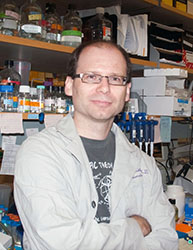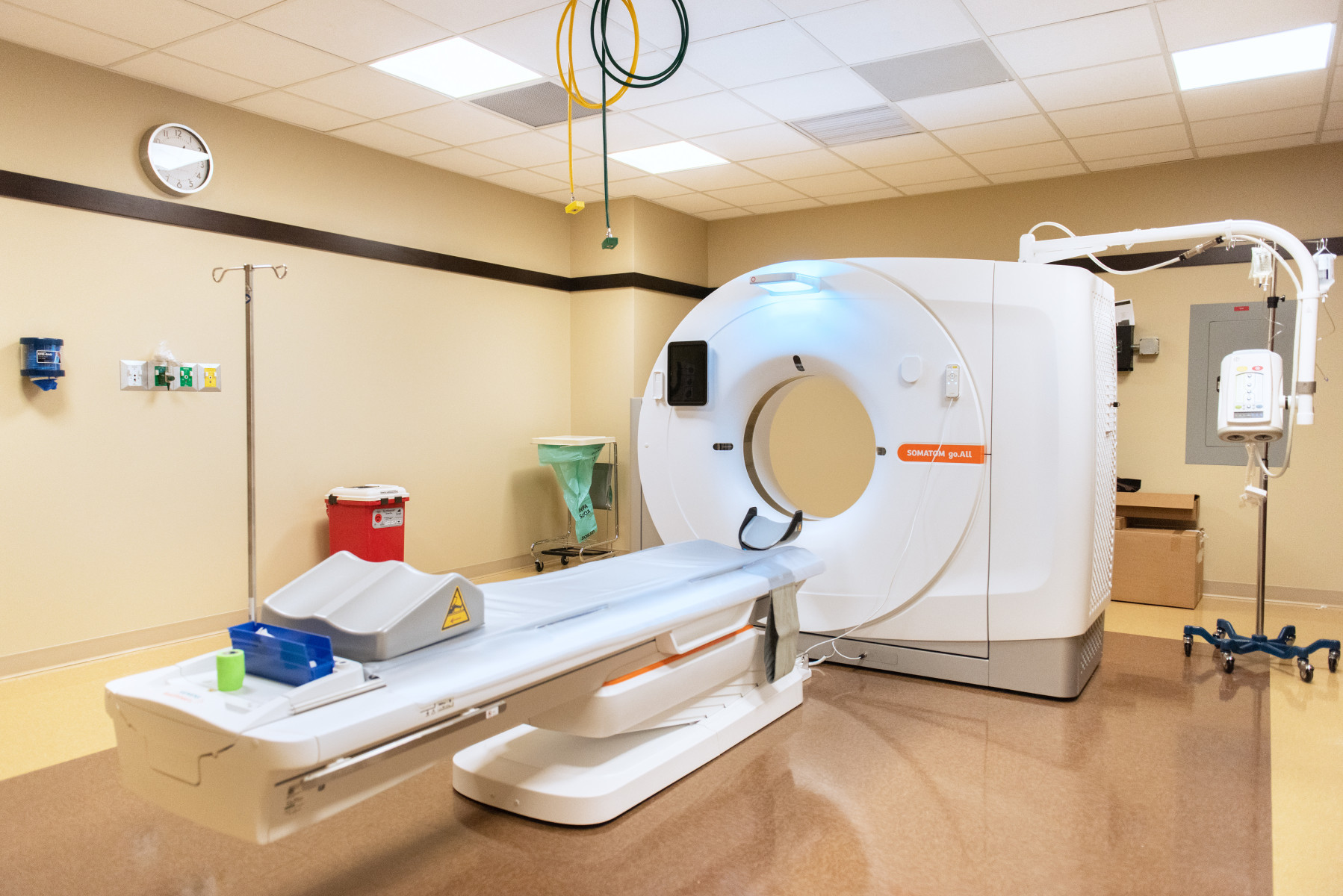
In a study published in Nature Communications, Northwestern Medicine scientists demonstrated the key role a molecule called oxPAPC plays in regulating the inflammatory response — findings which could inform the development of new therapies for the body’s life-threatening response to serious infections.
Lan Chu, a sixth-year doctoral student in Feinberg’s Driskill Graduate Program in Life Sciences (DGP), was the first author of the study.
Sepsis is a serious medical condition caused by the body’s harmful, systemic response to an infection. Inflammatory chemicals released into the bloodstream to fight the infection can lead to blood clotting, tissue damage, organ failure and death.
“Sepsis is a major health issue, with very high mortality. But we don’t really have a therapy to treat it right now,” explained principal investigator Christian Stehlik, PhD, the John P. Gallagher Research Professor of Rheumatology.
A common cause of sepsis is a type of bacteria called gram-negative bacteria. Immune cells in the body recognize lipopolysaccharide (LPS) — a major component of the membrane of these bacteria — which in turn triggers the potent inflammatory response.

Previously, it was understood that TLR4, a protein on the surface of immune cells, was responsible for recognizing LPS. But clinical trials of therapies targeting the TLR4 protein as a treatment for sepsis had been largely unsuccessful.
More recently, scientists discovered that immune cells actually have a second additional receptor for LPS: an intracellular protein called caspase-11 (in mice, or caspase-4 and caspase-5 in humans).
Caspase-11 binds to LPS and activates what’s known as a non-canonical inflammasome response, which plays a role in sepsis. Controlling caspase-11 could thus be a novel strategy to preventing the inflammatory overreaction seen in sepsis.
But until now, it was not understood how the caspase-11 molecule is regulated.
In the current study, the scientists discovered that a phospholipid called oxPAPC regulates caspase-11 in human and animal macrophages. The molecule does so by competing with LPS to bind to caspase-11. “If there’s enough oxPAPC, LPS cannot bind, and the excessive inflammatory response is prevented,” explained Stehlik, also a member of the Robert H. Lurie Comprehensive Cancer Center of Northwestern University.
In the study, the scientists also demonstrated that when oxPAPC is injected into mice who are then challenged with LPS, septic shock was prevented.
“Our work provides the first evidence for a negative regulator of non-canonical inflammasomes, and thus provides a basis for novel therapies targeting inflammasomes and inflammation-induced diseases,” Chu said.

In the future, for example, synthetic versions of oxPAPC — or molecules that mimic its role — could potentially be administrated to septic patients as therapy, which might temper the inflammatory response.
“At least in mice so far, oxPAPC seems to be really effective at preventing death. What we hope is that, by extension, this could also be used as a therapy for patients in the future,” Stehlik said.
In ongoing studies, Stehlik laboratory is now investigating how oxPAC is taken up by macrophages and what receptors might be involved in that process.
Andrea Dorfleutner, PhD, research associate professor of Medicine in the Division of Rheumatology, was a co-corresponding author. The study was also co-authored by Rojo Ratsimandresy, PhD, research assistant professor of Medicine in the Division of Rheumatology; Mohanalaxmi Indramohan, PhD, a postdoctoral fellow in Stehlik’s laboratory; Anu Gangopadhyay, a doctoral student in DGP; and Denise Monack, PhD, of Stanford University.
The study was supported by the National Institutes of Health grant AI099009, AR064349, AI120618, AI120625, and AR066739, a Cancer Center Support grant CA060553, and the Skin Disease Research Center grant AR057216. Chu was supported by the Vietnam Education Foundation Fellowship and the American Heart Association (AHA, 15PRE25700116).






